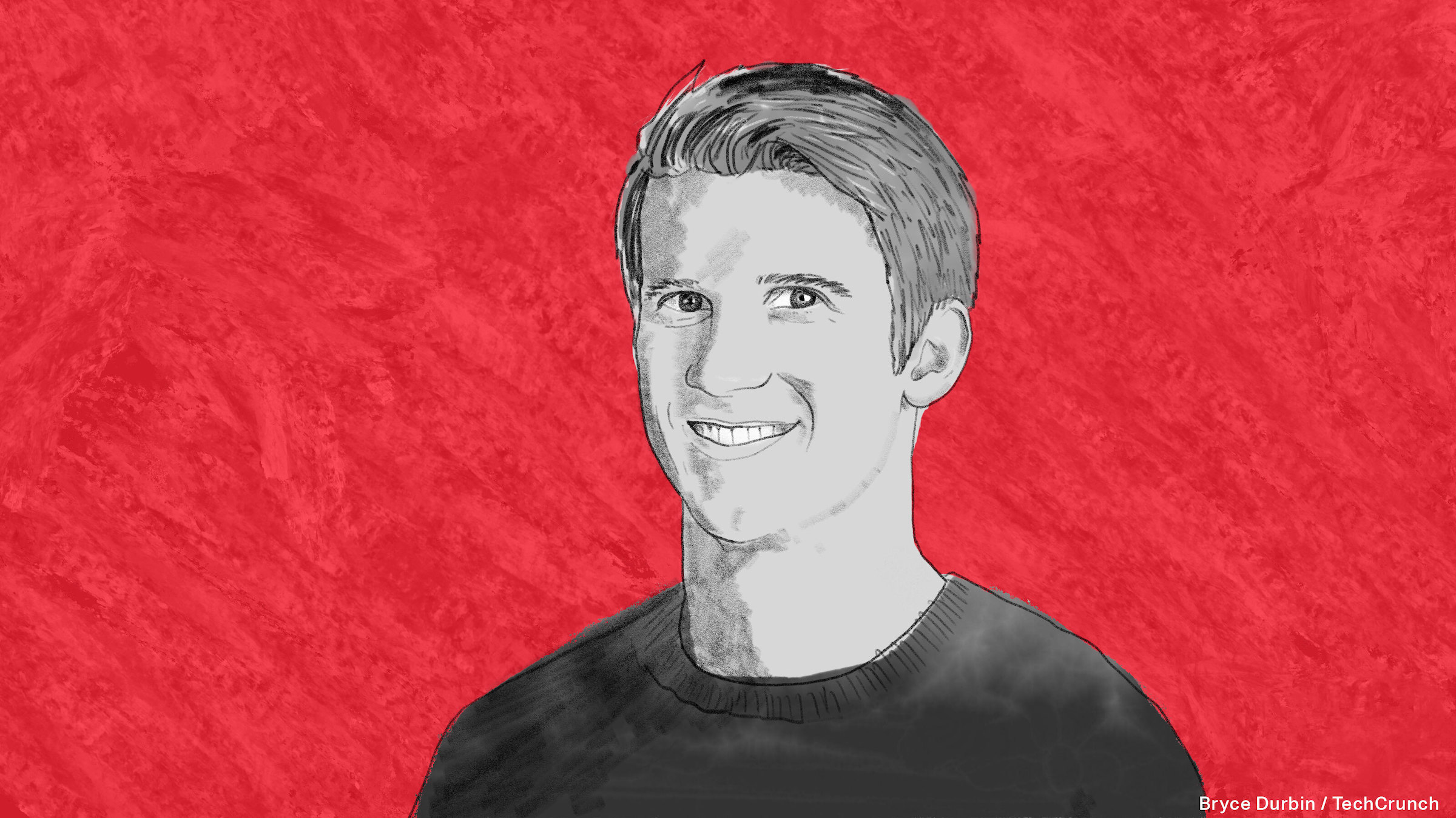Square paid around a quarter of its present-day value for Afterpay, Alex Wilhelm notes in The Exchange. That seems like a lot. But was it too much?
“Afterpay brings global revenues, global users and a more diverse merchant network to Square,” Alex notes. “It would have had to spend to derive those assets over time. Square is willing to pay up to snag them now.”
Dana Stalder, a partner at Matrix Partners and Afterpay’s only institutional investor, describes the deal as part of a recurring “critical innovation cycle” in fintech that “determines the winners and losers” for decades to come.
“I’ve never seen a combination that has such potential to deliver extraordinary value to consumers and merchants,” says Stalder. “Even more so than eBay + PayPal.”
Thanks very much for reading Extra Crunch this week!
Walter Thompson
Senior Editor, TechCrunch
@yourprotagonist
Why Square is shelling out $29B to snag BNPL player Afterpay
The best way to grow your career? Treat it like an app
Image Credits: jayk7 (opens in a new window) / Getty Images
Developers may delight in solving complex technical problems, but the problem of a career path is one many don’t think much about, Juniper Networks CTO Raj Yavatkar writes in a guest column.
He offers a solution that should appeal to developers and engineers: “Treat career advancement as you would a software project.”
Design expert Scott Tong outlines 4 concepts founders should consider when designing products
Image Credits: Scott Tong
At Early Stage 2021, design expert Scott Tong shared some ways founders should think about design and branding.
If you can link your brand with your company’s reputation, I think it’s a really great place to start when you’re having conversations about brands. What is the first impression? What are the consistent behaviors that your brand hopes to repeat over and over? What are the memorable moments that stand out and make your brand, your reputation memorable?
Design expert Scott Tong outlines 4 concepts founders should consider when designing products
You can’t afford to make poor decisions about incentive stock options
Image Credits: Nora Carol Photography (opens in a new window) / Getty Images
If you’re fortunate enough to be considering cashing in on vested stock options, this guest column is worth a read.
“Most companies admit they need to be better at explaining how ISOs work in general, but they can’t legally work one-on-one with employees to help them exercise and sell shares the right way,” Wealthramp’s Pam Krueger and John Chapman write.
“That’s why, when the time is right, many employees actively look for help from a qualified fiduciary financial adviser who can walk these could-be ‘options millionaires’ through various cash-in scenarios.”
You can’t afford to make poor decisions about incentive stock options
Demand Curve: Questions you need to answer in your paid search ads
Image Credits: metamorworks (opens in a new window) / Getty Images
At some point, almost every early-stage startup will use paid search ads to connect with customers and throw down the gauntlet with their competitors.
Most of these initial attempts at paid search are unsuccessful. There’s a steep learning curve when it comes to transforming passive searchers into paying customers, and almost no one gets it right the first time.
In a comprehensive guest post, growth marketing expert Stewart Hillhouse identified “14 questions your paid search should answer to ensure you’re only paying for the highest-intent shoppers.”
Question 1? “What’s in it for me?”
Demand Curve: Questions you need to answer in your paid search ads
5 lessons from Duolingo’s bellwether edtech IPO of the year
Image Credits: Duolingo
Duolingo’s debut last week was a bright spot, Alex Wilhelm and Natasha Mascarenhas write, with the language learning app’s stock price landing above a raised IPO range.
Alex and Natasha detail five lessons to take from Duolingo’s flotation:
- The IPO event will bring “more sophistication” to Duolingo’s core service.
- Roadshow investors didn’t view Duolingo as an edtech company.
- China’s edtech crackdown will have a “neutral” impact on Duolingo.
- In certain cases, post-COVID growth declines aren’t lethal.
- Growth can still absolve rising losses.
Can your startup support a research-based workflow?
Image Credits: Andriy Onufriyenko (opens in a new window) / Getty Images
In the U.S. alone, yearly spending on AI R&D is expected to reach $100 billion by 2025.
But can your humble startup attract and retain users while it conducts research and product development?
“For obvious reasons, companies want to make things that matter to their customers, investors and stakeholders. Ideally, there’s a way to do both,” says João Graça, CTO and co-founder of Unbabel, an AI-powered language operations platform.
Kodiak Robotics’ founder says tight focus on autonomous trucks is working
Image Credits: Bryce Durbin
As part of an ongoing series with transportation startup founders, Rebecca Bellan interviews Kodiak Robotics CEO and co-founder Don Burnette about why the autonomous trucking company remains private when so many of its rivals have gone public.
“I think there’s also lots of opportunity within the VCs and the private markets,” said Burnette.
“Kodiak is one of the only remaining serious AV trucking companies still in the private sector, and so I think that gives us some advantages in a lot of ways.”
Kodiak Robotics’ founder says tight focus on autonomous trucks is working
How public markets can help address venture capital’s limitations
Image Credits: Nigel Sussman (opens in a new window)
After interviewing Draper Esprit co-founder Stuart Chapman, Alex Wilhelm and Anna Heim took a look at the trend of European VCs floating themselves.
Traditional VC models “can foist artificial time constraints on investors and force them to focus their deal flow into particular stages for fund-construction reasons,” Alex and Anna write for The Exchange.
“As we found out researching this piece, the public venture model highlights some of these limitations — and may be able to alleviate them in part.”
How public markets can help address venture capital’s limitations
Robinhood’s CFO says it was ready to go public
Image Credits: Nigel Sussman (opens in a new window)
After Robinhood failed to burn up the stock charts, Alex Wilhelm wondered why, exactly, the investing and trading app’s IPO didn’t live up to expectations.
He spoke to Robinhood CFO Jason Warnick, who shared a few reasons why it was time for the company to float:
… Warnick indicated that there were a few factors at play, including that Robinhood had built out its leadership team and its internal processes, and that it had worked on user-safety-related tasks and expanded the site’s use cases. All of that is true.
